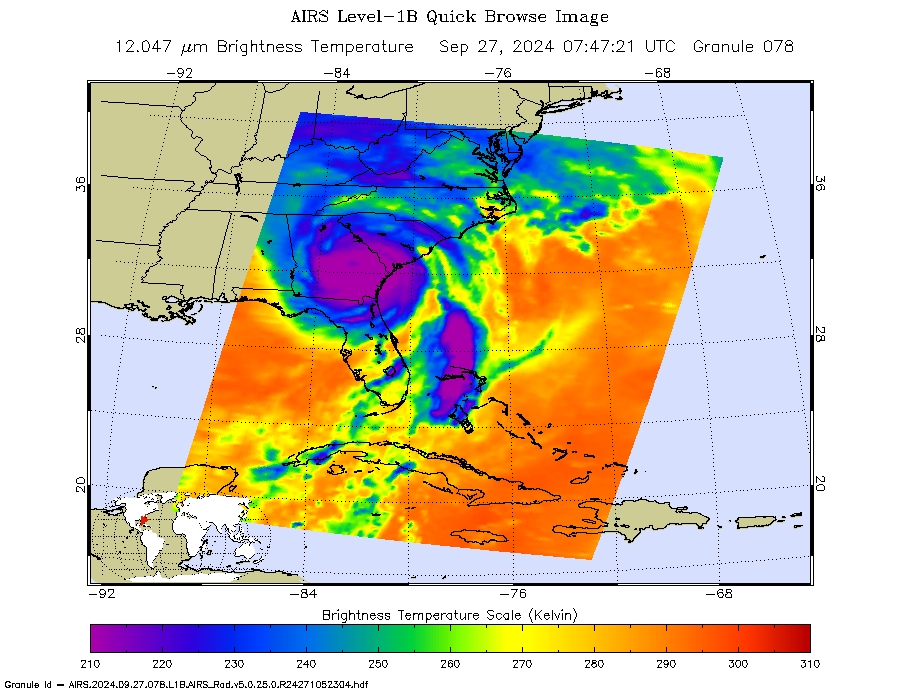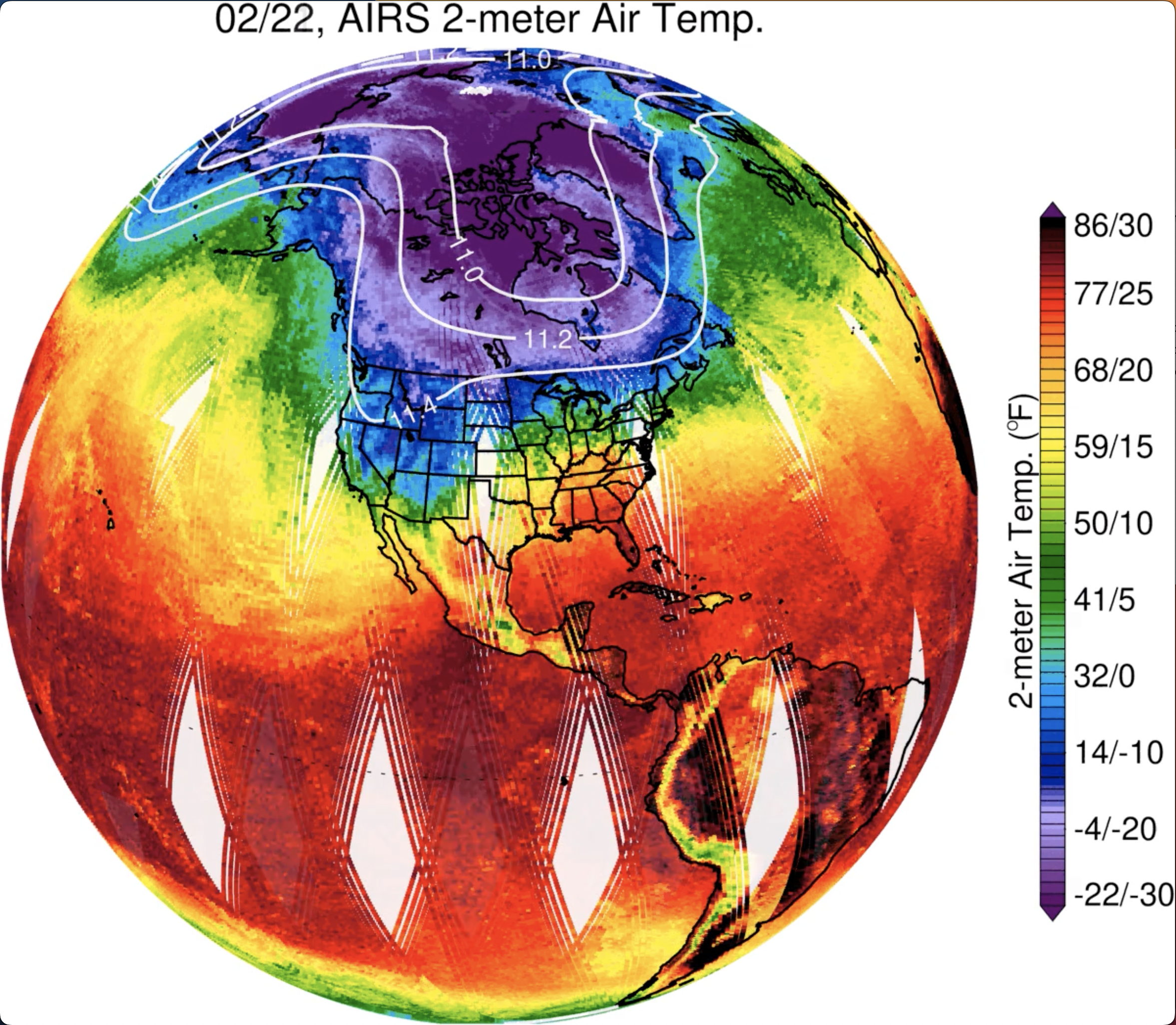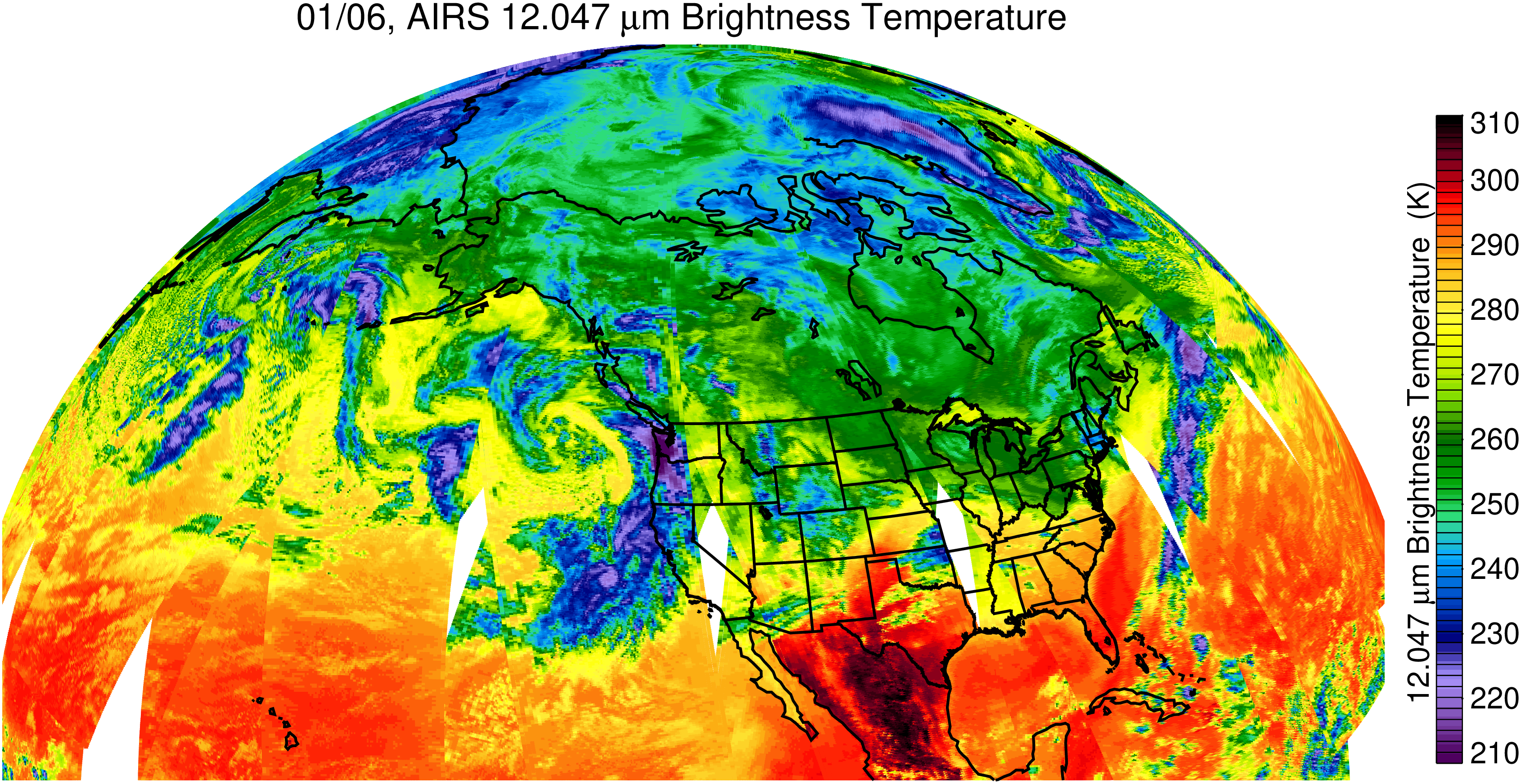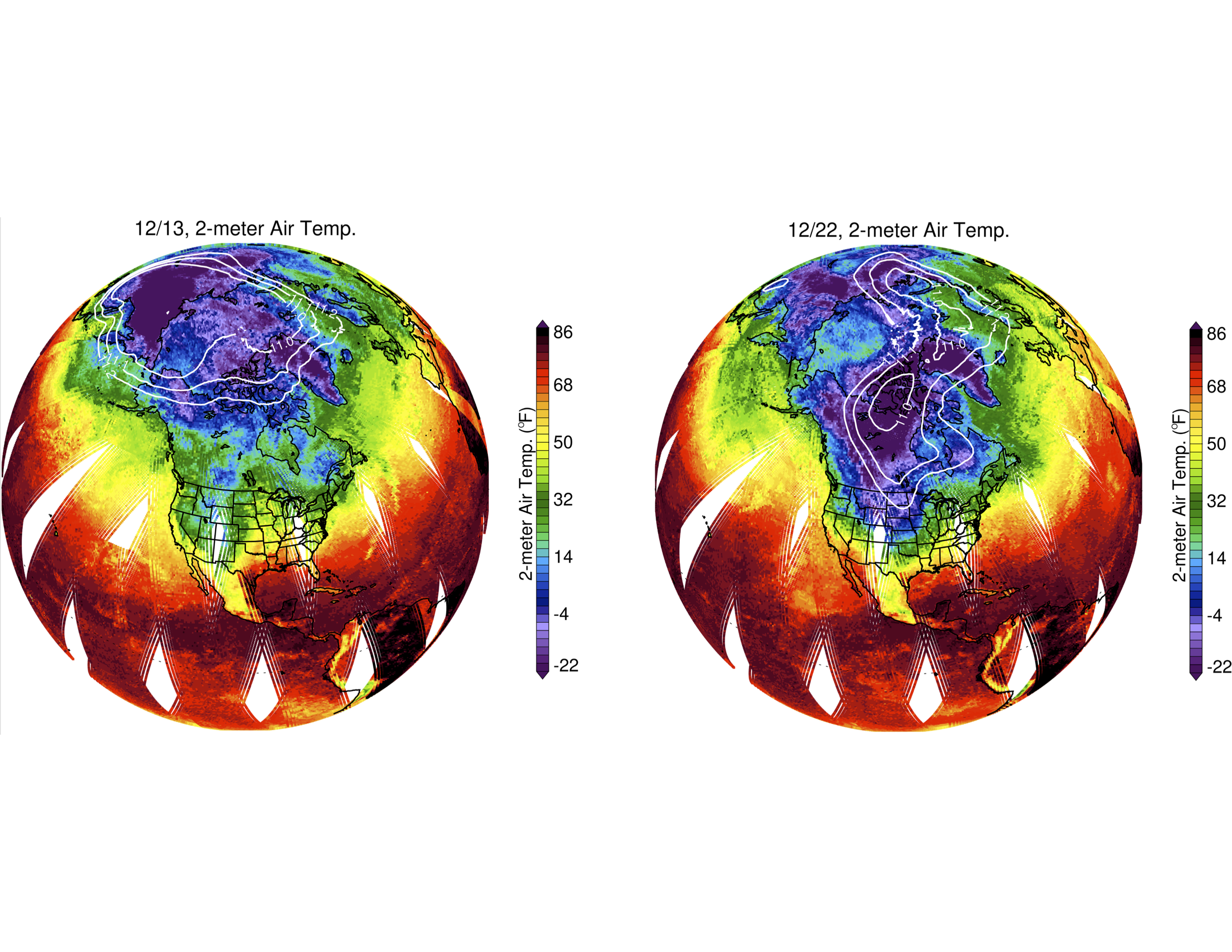News | November 22, 2003
University of Idaho Geography Team Heads to Antarctica
By CHUCK OXLEY
Associated Press Writer
22 November 2003
Associated Press Newswires
Copyright 2003. The Associated Press. All Rights Reserved.
BOISE, Idaho (AP) - A four-member research team from the University of Idaho will travel to the Antarctic this week to check the accuracy of a NASA satellite that helps measure weather conditions. Assistant Professor Von P. Walden will lead the group, which includes two others from the university plus one scientist from the National Oceanic and Atmospheric Administration.
The team will make measurements that will be used to validate the accuracy of NASA's Atmospheric Infrared Sounder, which flies aboard one of the Earth Observing System satellites. The other University of Idaho team members are Lance Roth, a master's student in geography from Post Falls, and Bradley Halter.
They will work from the Dome Concordia Antarctic Station, which is operated jointly by the French and Italian Antarctic programs. It is located at an elevation of more than 10,000 feet above sea level. "It's like being on a different planet in a lot of ways. It's an extreme environment," Walden said in an interview Friday with The Associated Press. "You have to be very careful of the weather, it's a real challenge to do field work under those conditions."
The team will fly commercial airlines from Seattle to Christchurch, New Zealand. Then they will board a National Science Foundation jet to McMurdo Station, about 1,000 miles away. The group will fly on an Italian aircraft to Dome Concordia, which is itself about 1,000 miles from the South Pole. When they arrive, they will be greeted by a sun that never sets this time of year and summertime temperatures that reach a balmy -5 degrees Fahrenheit. Lows will still hit about 40 below. Walden said Dome Concordia provides insulated tents for about 50 summer-season residents. "The couldn't decide whether to take a French or an Italian chef, so they have both," Walden joked. It won't be all eating for the team, though. They will have serious work to do once they get settled. Halter and Roth, who will stay through the end of January, will measure infrared radiation or heat emitted from the snow surface. Those measurements will then be compared to measurements taken from space. Walden said the research team also plans to launch weather balloons to characterize atmospheric conditions between NASA's satellite and the Antarctic surface.
The results will improve the quality of the AIRS data, which helps calibrate weather forecasting worldwide and adds to scientists' understanding of global climate.







